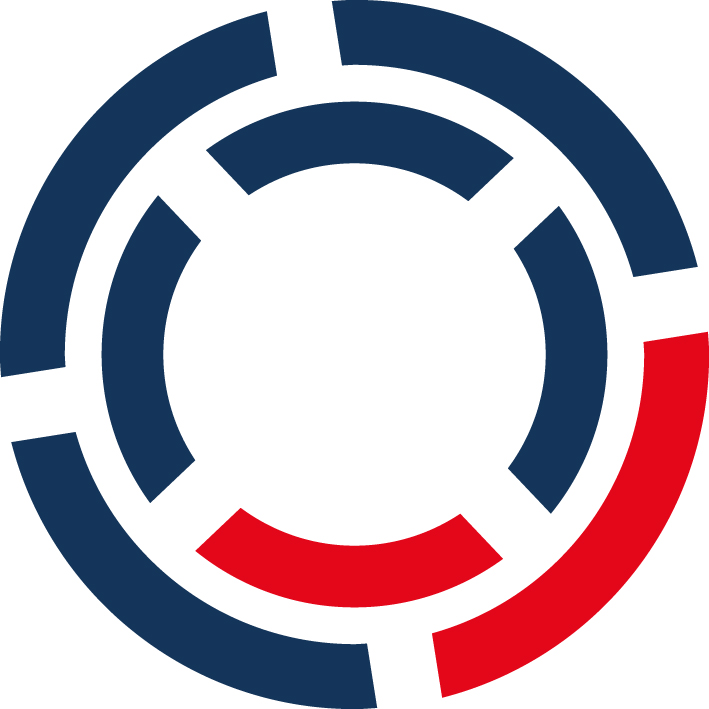Denmark and Germany Deepen Defense Ties: Is Cybersecurity Being Left Behind?
The German–Danish Defense Exchange, held at the German Embassy in Copenhagen with a reception at Tender Elbe in Nyholm on Monday Augst 20th 2025,...
3 min read
 DriveLock
Aug 11, 2025 1:34:28 PM
DriveLock
Aug 11, 2025 1:34:28 PM

Denmark’s strategic relevance has come into sharp focus in recent times. Its proximity to Russian spheres of influence, stewardship of Greenland and the Arctic, and membership in both NATO and the EU position it as a central player in today’s security and defense landscape.
| INHALT |
Mette Frederiksen, Denmark’s Prime stated back in February 2025, “We must upgrade massively to protect Denmark. And we must rearm massively to avoid war.” This powerful call to action was not just aimed at Denmark’s military leaders. It was also a wake-up call for technologists, policymakers, and business executives.
As the geopolitical environment sharpens, particularly in the Arctic and Baltic, resilience is no longer a domain reserved for defense departments. It’s a shared responsibility, and it starts with the digital infrastructure we all depend on.
The DALOS Industry Days, hosted by Denmark’s Ministry of Defence Acquisition and Logistics Organization (DALO), provide an unusually focused forum: a space where security, technology, and policy leaders come together to coordinate resilience not in abstract terms, but in executable steps.
As leaders from across sectors convene, one theme stands out: to defend society, we must defend its digital backbone.
Authors:
Dr. Philipp Müller, VP Public Sector at DriveLock SE
Natasha Gonzalez, International Senior Sales Manager at DriveLock SE
The 2024 Danish Cyber Threat Assessment already signaled what the Prime Minister’s statement made unmistakable: destructive cyberattacks are no longer hypothetical. They are probable. And they are likely to target the distributed entry points into our society: people, devices, applications, and data.
The challenge, however, isn’t just defending against cyber risk. It’s doing so across heterogeneous, interconnected environments, from hospitals and municipalities to energy grids and military supply chains.
This is where the traditional models break down. Fragmented point solutions, isolated data silos, and uncoordinated deployments no longer suffice. What Denmark—and much of Europe—requires is a coherent, scalable, and strategic approach to hardening its digital entry points.
Whether you’re a public-sector CIO or a private-sector board member, your organization likely faces the same challenge Denmark does: build resilience in complexity and build it fast. The good news is that the path forward is becoming clearer. It rests on three principles:
Security begins—and often ends—at the endpoint. Whether it’s a laptop, a sensor in a remote facility, or a mobile app used by first responders, every digital interface is a potential vulnerability.
A modern endpoint strategy must go beyond antivirus and firewalls. It needs:
Application and Device Control (AC/DC)
Encryption and Data Governance
The key is to unify these controls through one agent, one console, one policy engine, across platforms and environments.
Most organizations, like Denmark’s infrastructure, are not “greenfield.” They are hybrid, aging, and diverse. Scalable resilience means:
Designing for heterogeneous IT landscapes (from Windows 10 to air-gapped systems),
Rolling out policies consistently across agencies and vendors,
Deploying controls quickly without disrupting productivity.
DriveLock’s platform, for example, enables public-sector institutions to deploy endpoint hardening at speed, while preserving local control and national standards. This is about operational sovereignty.
You can’t protect what you can’t see. Visibility a governance function. Leaders must demand:
Central dashboards that surface real-time compliance and risk posture,
Data collection at the edge that feeds national threat intelligence,
Insights that allow for learning, adjustment, and accountability.
Transparency creates feedback loops that turn security from a static shield into a learning system.
The biggest takeaway from Denmark’s example is this: digital resilience is a strategic leadership issue.
Boards must integrate cyber risk into enterprise risk frameworks.
Government ministries must treat cybersecurity policy as part of national security.
Procurement agencies must move from price-centric to resilience-centric sourcing.
DALOS shows us what it looks like when stakeholders work across silos, public and private, central and local, strategic and operational, to create a whole-of-society defense posture.
The rest of Europe and the world should watch closely. Denmark is at the forefront of digital resilience; taking proactive, resilience-building steps now instead of reacting to a disaster later. Furthermore, Denmark is asking its partners and suppliers to step up, not with PowerPoint slides, but with deployable, verifiable solutions. If your organization touches endpoints, handles sensitive data, or relies on distributed systems, the same three steps apply:
Harden. Roll out. Create transparency.
Because in this new era, digital resilience is not just a feature. It is the foundation.
Reach out to us — we’ll be happy to advise you on how to build digital resiliance and harden your organization at every level.

The German–Danish Defense Exchange, held at the German Embassy in Copenhagen with a reception at Tender Elbe in Nyholm on Monday Augst 20th 2025,...

At a time when new data leaks are making headlines almost daily, IT security teams - especially in critical organizations, the manufacturing industry...

While data encryption forms a fundamental layer of protection, ensuring only trusted applications can access and process encrypted data is equally...